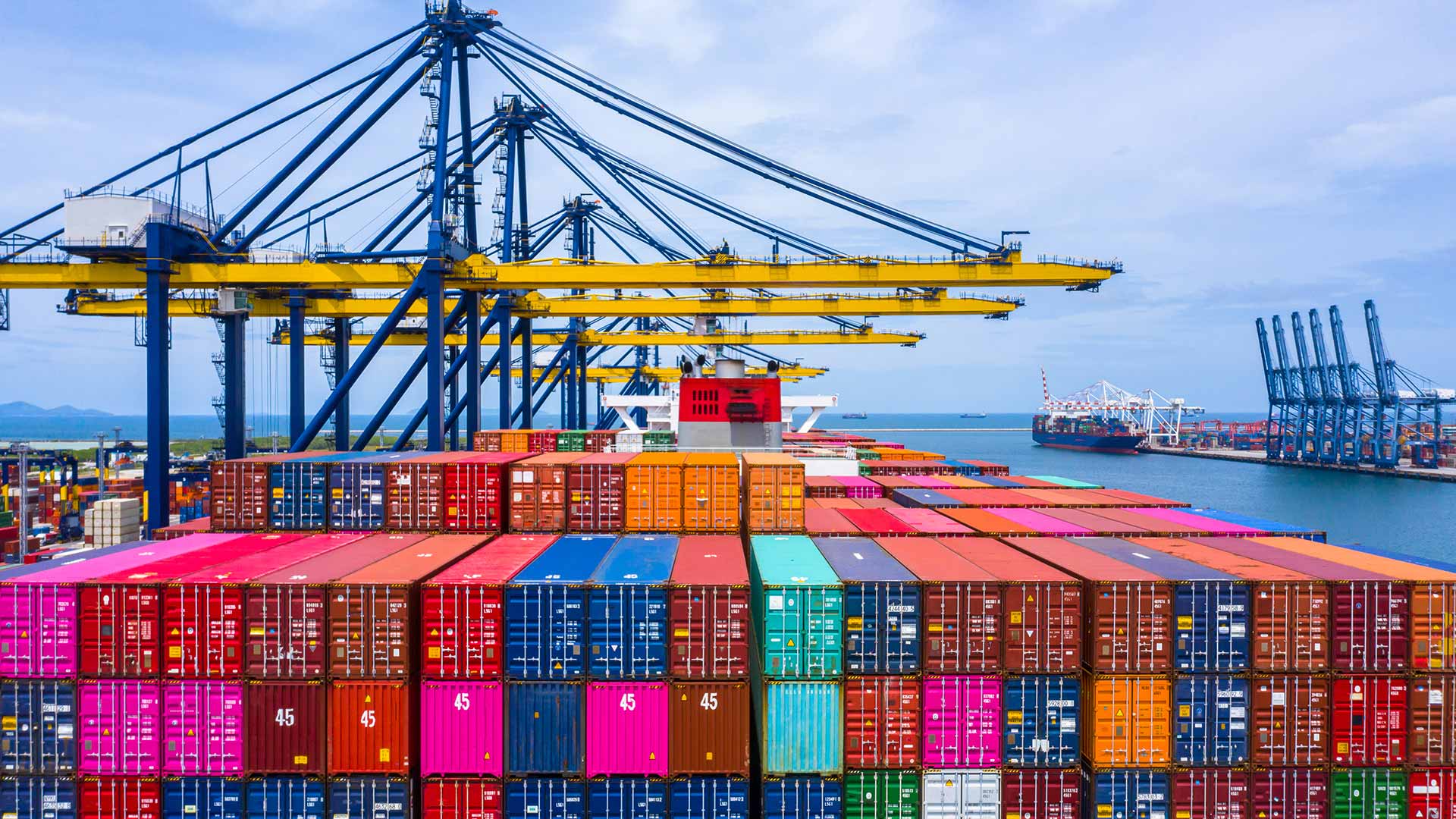A Covid-related spike in demand, the Ever Given debacle, and other factors have caused container shipping costs to increase dramatically in recent months. Now, however, the freight rates have reached unsustainable levels for some consumer goods.

Millions of people around the world have been forced to stay home in a bid to halt the vicious spread of COVID-19. And stay home they did. They also went online and bought a lot of stuff. A subsequent e-commerce boom caused demand for shipping containers to increase, which in turn resulted in a dramatic increase in shipping costs. Other factors were also at play, but now the increase in freight rates has reached unsustainable levels for certain items.
One of the consequences of staying home for so long is having time to ponder how the home appliances and furniture could do with an upgrade. And, according to recent research, it is these items that are becoming too costly to ship – thus making it unsustainable for importers.
Sea-Intelligence, a container shipping consultancy, compared freight rates on various trade lanes to assess their impact on importers. The analysis took the value of consumer goods in a 40-foot container and compared this to the rates of the major freight market indices. The analysis showed that these rates, given the retail value of the items – particularly flat-packed furniture and appliances – are becoming unsustainable. For importers, the value of some goods just isn’t worth the cost of shipping them.
“It is clear that the worst impacted cargo owner category included in the analysis is the assembled furniture,” stated Alan Murphy, CEO of Sea-Intelligence, in the research note.
With flat-pack furniture, the freight rate now accounts for up to 62% of its retail value, which is squeezing out room for a profit margin. “The situation is also critical for cargo owners moving appliances,” added Murphy. Large appliances have a freight rate up to 41% of the cargo value, whereas for small appliances the freight accounts for up to 27%.
The issue is not related just to these categories; it is likely others will also be impacted. “From an overall perspective it is quite clear that we are now at a point where an increasing range of cargo owners quite simply will not be able to sustain their business, at the currently high freight rates,” continued Murphy.
This research comes against a backdrop of other reports that seek to pinpoint the factors causing the unprecedented rise in container shipping costs. According to the United Nations Conference on Trade and Development (UNCTAD) when Ever Given got stuck in the Suez Canal, this triggered rates to increase even further, after demand during the pandemic also caused them to spike.
In April 2021, in response to the Ever Given blockage, Jan Hoffmann, Head of UNCTAD’s trade and logistics branch, said, “About 80% of the goods we consume are carried by ships, but we easily forget this.”
Some of the jumps in freight rates were startling. According to April 2021 figures from UNCTAD, rates to South America and western Africa were higher than to any other major trade region. And by the beginning of this year, the rates from China to South America had jumped by a whopping 443%. This is in part because these routes are longer, and containers are more likely to get stuck on these routes. There has also been a lack of cargo for the return journey, which has made it costly to ship an empty container back to China.
A report by UNCTAD put the causes of the shipping rate increase to a number of factors, saying the causes are complex, and include changing trade patterns and imbalances, capacity management, and Covid-related delays.